HotSpots H2O: River Dredging Near Chernobyl Risks Radioactive Water Contamination

Chernobyl riverport. © Jorge Franganillo
The dredging of the Pripyat and Dnieper rivers to allow larger ships to pass through began earlier this year at eight different sites, four of which are just a few miles from the remains of the nuclear disaster. The work is meant to restore a 1,240-mile international waterway, known as E40, through Poland, Belarus, and Ukraine, linking the Baltic and Black seas. It would be Europe’s longest inland waterway, 25 times longer than the Panama canal.
An analysis completed by the French nonprofit organization, Acro, with research from the Frankfurt Zoological Society, found that the construction of the waterway will pose an especially high risk to construction workers and people living downstream. It highlighted that millions of Ukrainians depend on both the water and irrigated food that comes from the Dnieper River, where bottom sediments are entirely contaminated from the Chernobyl disaster. The International Atomic Energy Agency strongly advises leaving these sediments in place to avoid resurfacing any of the radioactive contaminants.

Map of the E40 Waterway. © Environmental Justice Atlas
“The fact that they want to build a dam and have boats going just by the bottom of the Chernobyl reactor — for me this is unbelievable,” David Boilley, a nuclear physicist and lead researcher of the Acro study, told The Guardian. “This is the most contaminated part of the exclusion zone.”
The dredging company Sobi said that worker safety is a top priority and that those working on the waterway will be provided with protective equipment and radiation dosimeters. The company also told The Guardian that they had researched radiation in the area and took soil samples. Yet, neither the PPE nor the study was shared.
A feasibility study report was conducted in 2015 by the Maritime Institute of Gdansk, but vital information about the environment and climate change were left out. No environmental impact study was completed prior to construction either, according to Acro.
The project will also pass through the middle of Polesia, Europe’s largest wetlands, causing unpredictable ecological and hydrological shifts to the landscape and a loss of biodiversity. The construction work would dry up the rivers, affecting 38 internationally protected areas including untouched mires and peat bogs, according to the nonprofit Save Polesia. Over 770 square miles of peatland could be impacted, transforming the carbon sink into a massive source of carbon and potentially resulting in immense yearly emissions.
With the E40 waterway expected to cost over $12 billion euros, opponents of the waterway argue that construction makes little sense considering the harm it may inflict on people and the environment.
“Ukraine should also be true to its commitment to the European Green Deal, which enshrines the ‘do no harm’ principle,” said Irene Lucius, the regional conservation director of WWF Central and Eastern Europe. “Much harm could be done if further Pripyat activities and future E40 measures will be implemented.”
Elena Bruess writes on the intersection of environment, health, and human rights for Circle of Blue and covers international conflict and water for Circle of Blue’s HotSpots H2O.

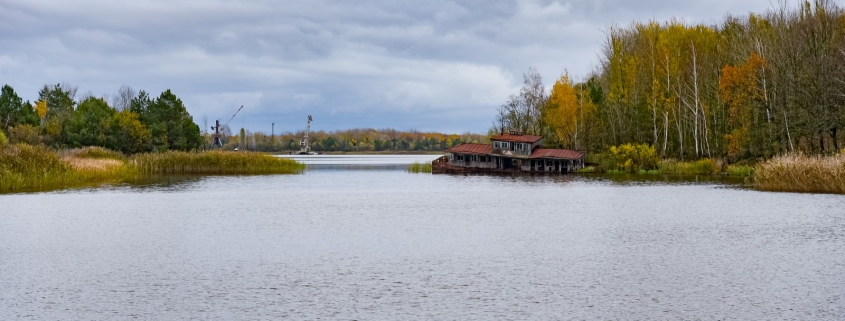

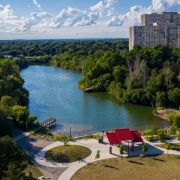

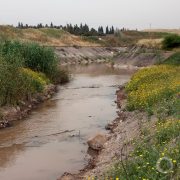

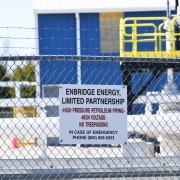
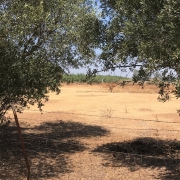

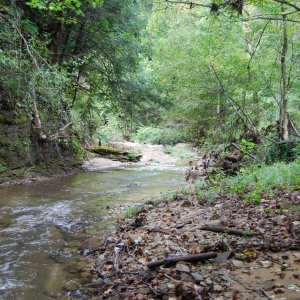

I was in Chernobyl a year ago, I got a lot of unforgettable emotions, I lived at home with a Ukrainian stalker whom I found on the forum https://chernobylforum.com/ I advise you to visit Chernobyl